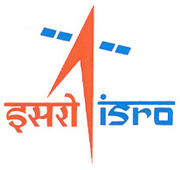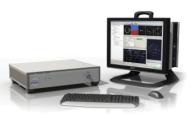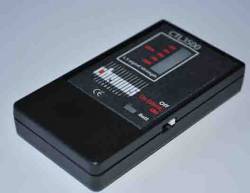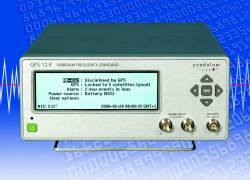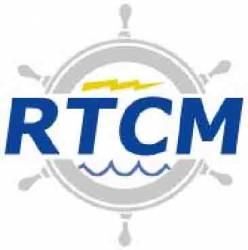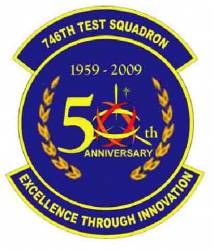U.S. Congress Working on 2010 Appropriations for Loran-C and eLoran as GPS Backup
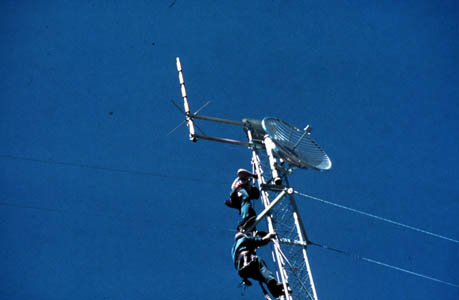
Enhanced Loran (eLoran) has survived through multiple generations of official ambivalence about the proposed backup for the U.S. Global Positioning System. Currently, the program is in (almost) on-again status.
The latest chapter began with President Obama’s Fiscal Year 2010 (FY10) budget proposal, which called for termination of Loran in the coming year. At a May 7 press conference, the president described Loran as a system that’s been eclipsed by the rise of GPS.
By Inside GNSS

